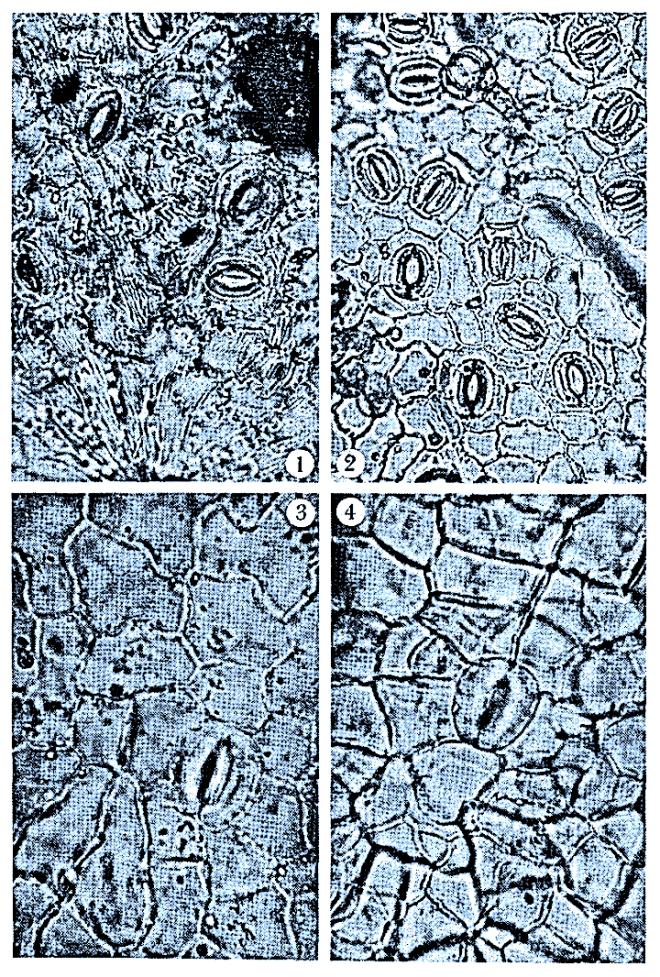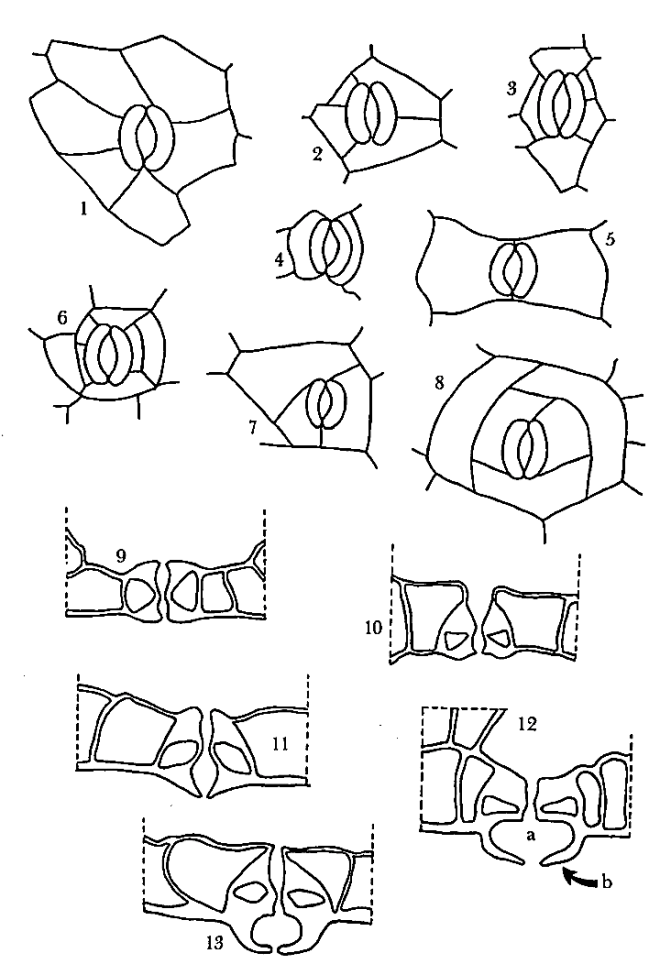
The Connaraceae, a taxonomic study with special emphasis on Africa
by Jongkind C. C. H., Lemmens R. H. M. J. (1989)
Carel Christiaan Hugo Jongkind, Roeland Hendrikus Maria Julien Lemmens,
Landbouwuniversiteit Wageningen
===
Thesis Landbouwuniversiteit Wageningen – Agric. Univ. Wageningen Papers 89-6 (1989) – http://edepot.wur.nl/164714
Abstract by C. C. H. Jongkind
In the general part of this work the author of this thesis treats the leaves, flowers and fruits of Connaraceae, Additional chapters reflect upon the phytogeny of the genus Rourea, the phytochemistry of the family, and the relationship of Connaraceae with other families. In the taxonomic part a description of the family is presented together with keys to the genera. A revision of the genera Agelaea, Manotes, and Rourea is presented with special emphasis on Africa, including descriptions of the genera and differential keys to the species. In the revision of the genus Agelaea six species are recognized including the Asiatic species. Manotes is only found in Africa and comprises five species. The genus Rourea is revised for Africa only, twelve species are recognized for this area. The American and Asiatic species are studied but not revised. New combinations are made for American and Asiatic species that are transferred to this genus. The American species are classified into clusters. In this work Rourea also includes Bernardinia, Byrsocarpus, Jaundea, Roureopsis, Santaloidella, Santaloides, Spiropetalum, and Paxia, formely recognized as separate genera. The treatment of the African species comprises full synonymy, literature, diagnosis, a distribution map, and ecological notes. In most cases an illustration is presented as well. The author studied and collected most species of Agelaea, Manotes, and Rourea on location in the rain forest in Gabon.

4.5 Leaf epidermis and stomatal patterns by C.C.H. Jongkind
4.5.1 Introduction
In Connaraceae the pattern of the stomata in the epidermis is a useful additional taxonomic character. It is often rather easy to recognize and it enables us, in combination with other leaf characters, to identify sterile samples down to species or at least to genus level (see tab. 23). It has been an important tool in the clustering of the South American species of Rourea (presented on pag. 368). It also reflects affinities between the taxa. Apart from the stomata the leaf epidermis ofConnaraceae provides four other characters of taxonomical value that are used in this revision.
4.5.3 Results The stomatal patterns encountered in Connaraceae are of diverse nature. The terminology by Wilkinson (1979) is used to describe the stomata. A paracytic pattern is found in Cnestis and some species of Rourea, anisocytic including helicocytic in Agelaea, Cnestidium, and some species of Rourea, anomo-cyclocytic in Burttia, Connarus, Ellipanthus, Hemandradenia, Manotes, Vismianthus, and again some species of Rourea, and bicyclic in Jollydora (fig. 6-14). Rourea is the only genus with a wide variation in stomatal patterns, therefore the results for Rourea are not given for the genus but in detail for sections or for particular species. Apart from the stomatal pattern the size of the vestibule as expressed by the size of the outer ledge of the stomata can also be an important character. This ledge is particularly large and very conspicuous in all Connarus species and in Rourea section Roureopsis. Within the Connaraceae it seems that the sequence from primitive to advanced stomata types is either from anomo-cyclocytic to bicyclic or from anomo-cyclocytic via paracytic to anisocytic and helicocytic. The presence of a papillate lower surface is not always of taxonomical significance. This character constitutes a generic difference between Connarus and Pseudoconnarus, but in Cnestis and Rourea some species are quite indifferent regarding this character. A pattern of more or less parallel lines in the lower epidermis has only been found in two species of Rourea, R. calophylla and R. camptoneura and in Manotes macrantha. The taxonomical value of the pattern of many microscopical pits in the outer cell walls of the lower epidermis is still obscure. It is only found in the leaves of Rourea prancei, at present exclusively represented by its type specimen. If only a single stomata type is reported, it means that 95-100% of the observed stomata of this taxon is of that type.